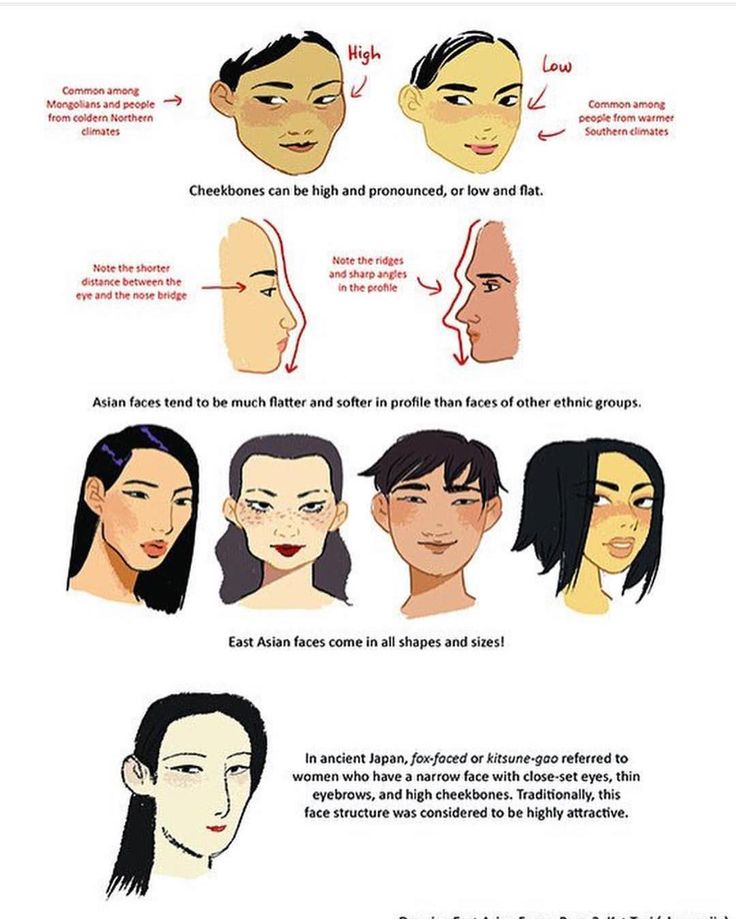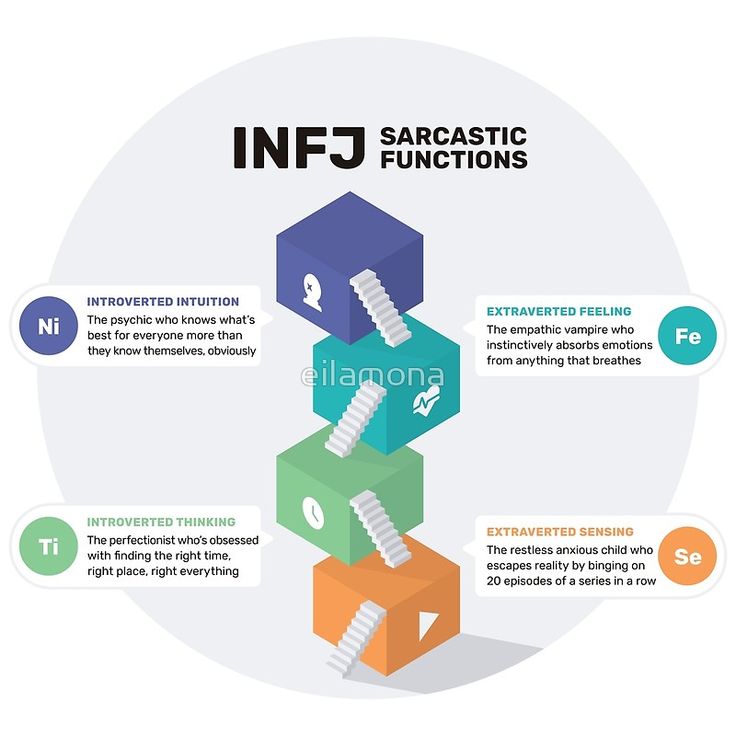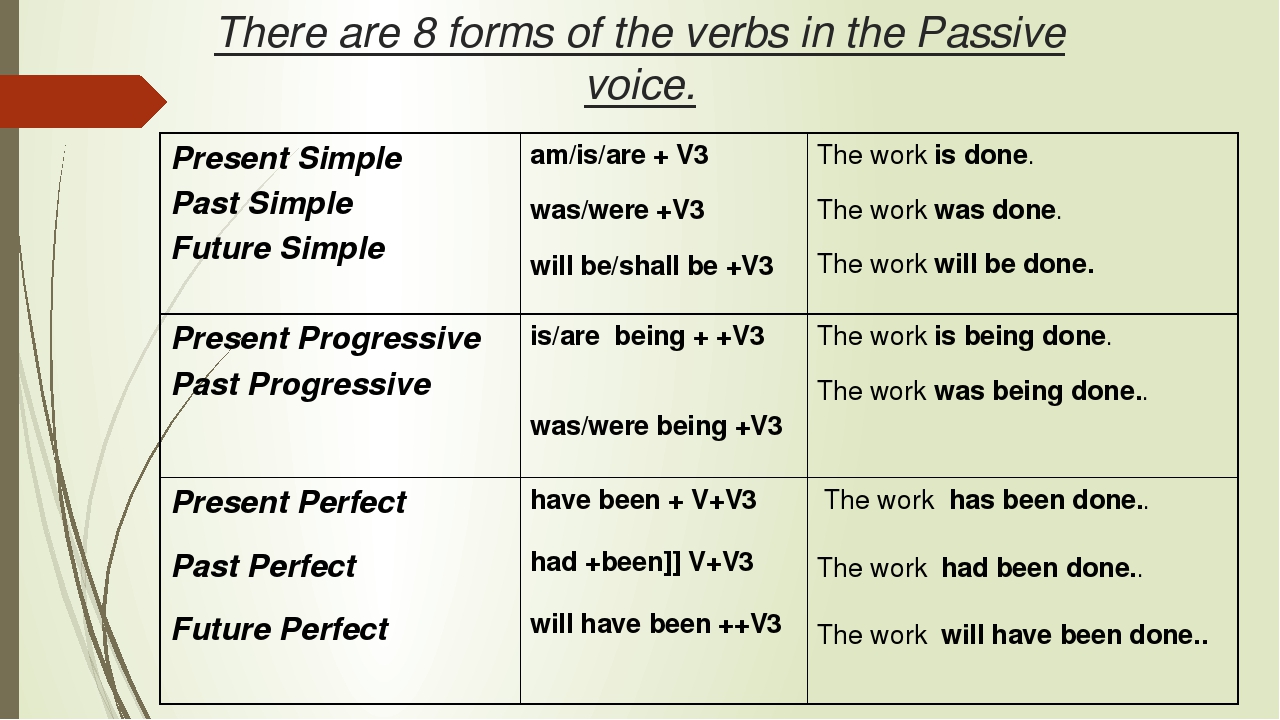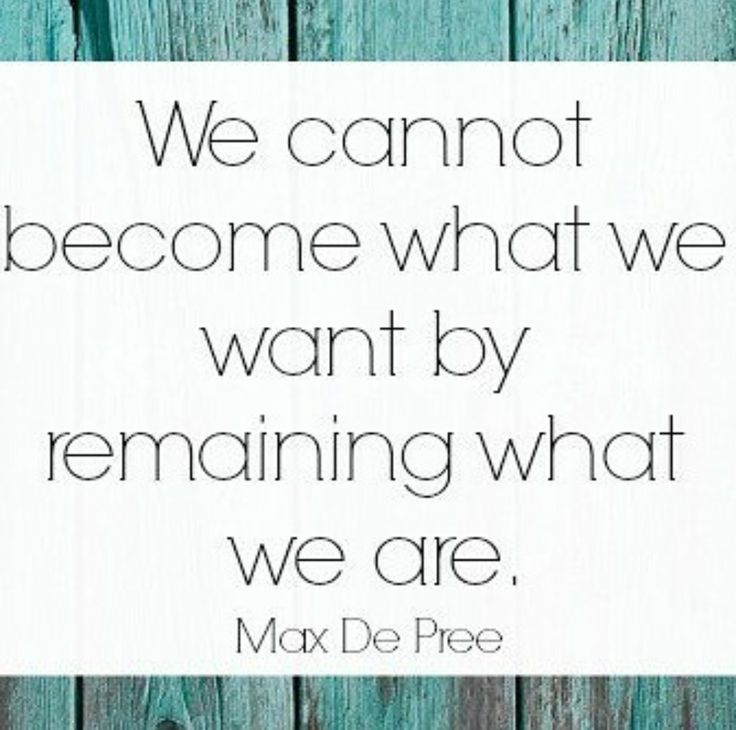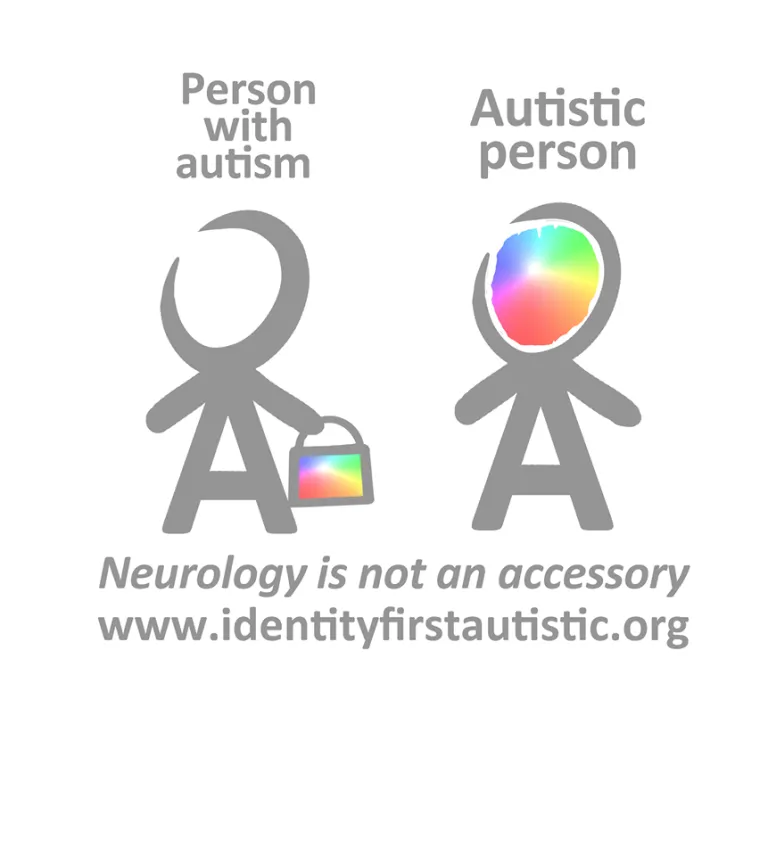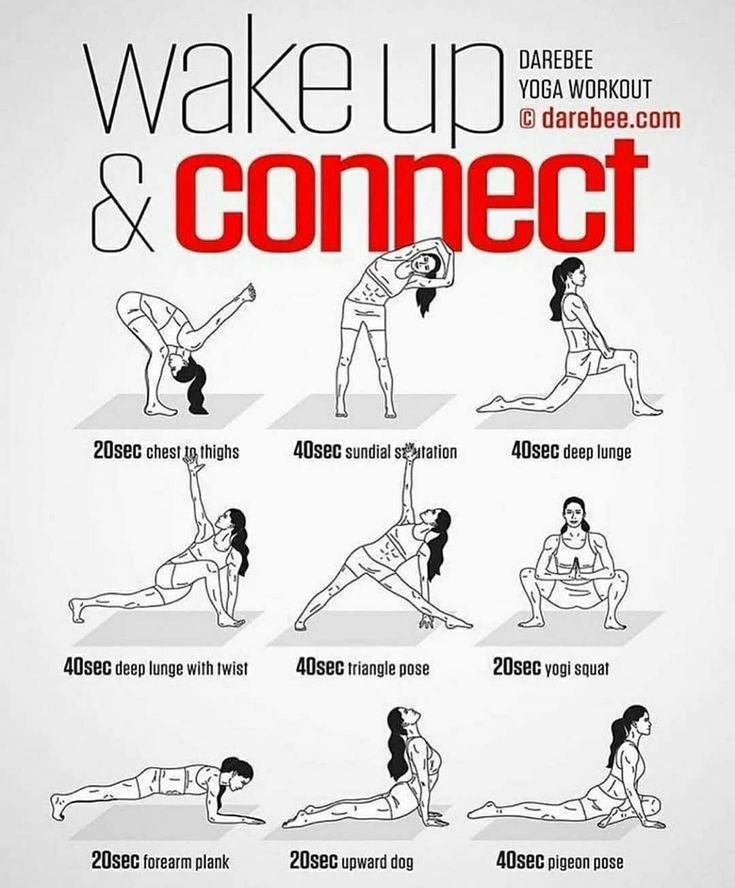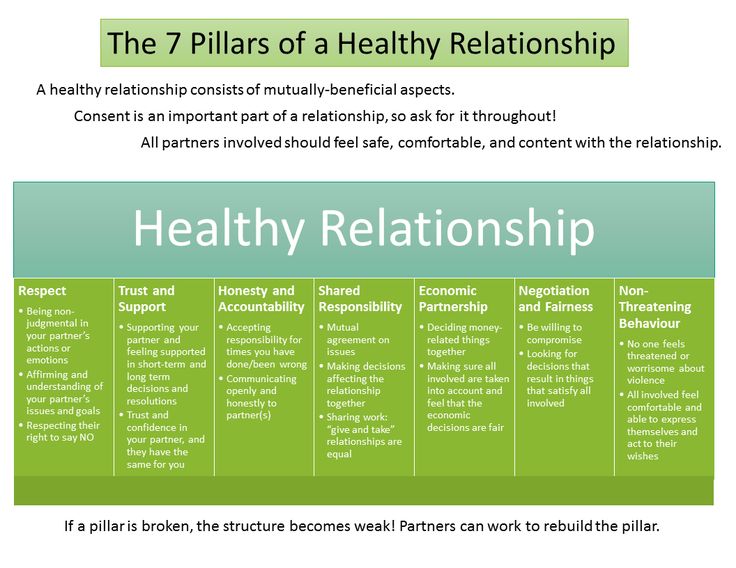Narrowed eyes meaning
Body Language of Eye Squinting or Narrowing Eyes
Body Language of Eye Squinting or Narrowing Eyes
Cue: Eye Squinting or Narrowing Eyes
Synonym(s): Narrowing Eyes, Furrowing Eyes, Compressed Eyelids, Wincing Eyes, Eye Constriction, Eye Blocking, Eye Shield, Shielding The Eyes, Squinting.
Description: Eye squinting happens when the eyelids are compressed together serving to constrict the eyes. It can sometimes occur in just a fraction of a second before disappearing.
In One Sentence: Narrowing the eyes is due to physical or emotional pain.
How To Use it: When you do not like what is being said or seen, simply narrow your eyes. This tells others that you do not like what you are seeing or hearing. You may perform this eye language in brief within just fractions of a seconds. While people may not consciously perceive the signal, it will likely still register subconsciously.
If the person for whom the cue is intended, notices, they may revisit their proposal and add additional incentives to ease your negative judgment.
Context: General.
Verbal Translation: “What I’m seeing is causing me emotional or physical pain and to prevent all that negativity from coming into my body I’m going to squint and block to resist.”
Variant: See Anger Facial Expression, Hand To Eye Gesture.
Cue In Action: a) A person will wince when reading objectionable portions of a contract. b) She winced when the student missed the correct note on the piano. It caused her visceral pain.
Meaning and/or Motivation: An eye blocking form of body language designed to prohibit distasteful images or even thoughts from being received at full view. Narrowing eyes indicates contempt, distaste and anger. A person will not only squint from seeing objectionable sights, but also negative thoughts or sounds.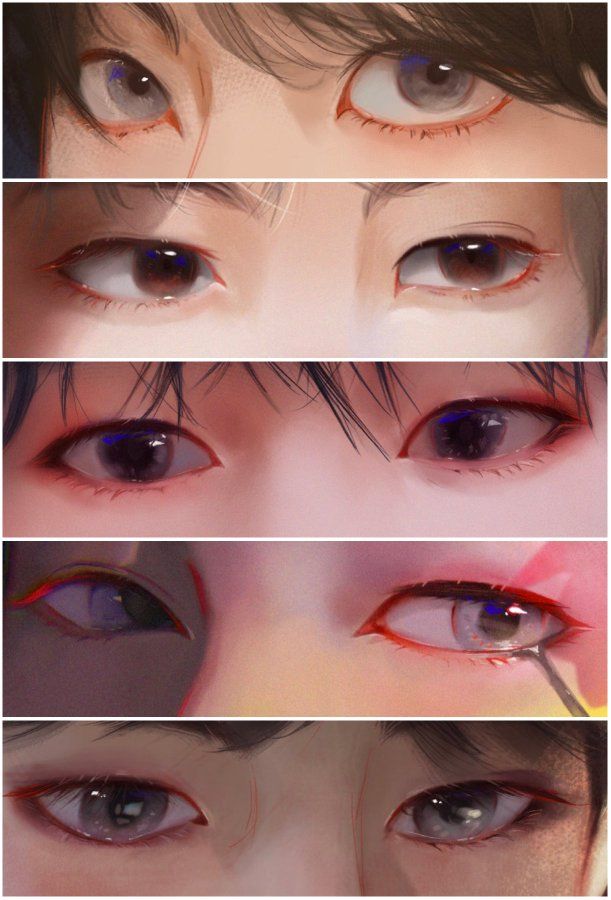
Wincing falls into the category of microexpressions since it can happen in only fractions of a second before disappearing, yet it remains full of meaning.
Wincing can also be due to the sudden approach of projectiles toward the eyes or body as well as the sun’s glare. Eyes can also be squinted in order to help a person see print that is too small. Thus, at times, squinting forms a functional purpose not exclusively driven by emotion.
A delayed opening or prolonged eye closure can be due to negative emotions or displeasure. A full wince with the eyes closed tightly signifies the desire to totally block out information.
Cue Cluster: General tightening of the face will occur such as mouth pursing. We may also see lip biting, hand clenching, shoulders and feet turned away, arms pulled in to protect and arms crossed.
Body Language Category: Attentive, Aggressive body language, Anger, Confused, Closed body language, Closed facial gestures, Dislike (nonverbal), Doubt or disbelief body language, Eye blocking, Eye Language, Microexpressions, Micromessaging, Negative body language, Pensive displays, Protective reflexes, Suppressed facial expression, Suspicious body language.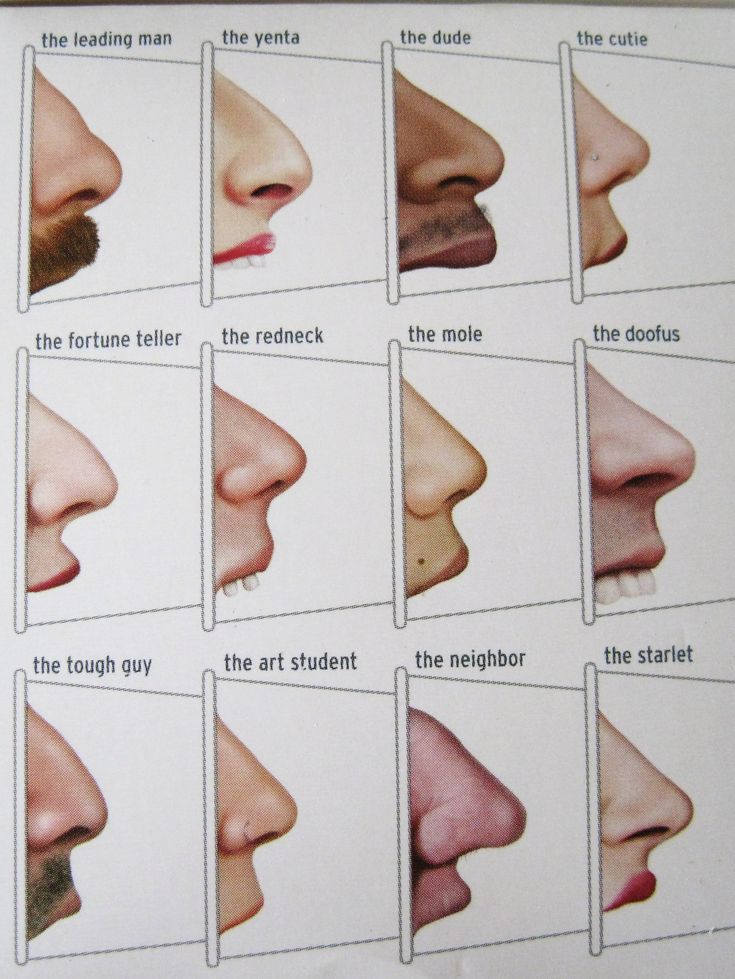
Resources:
Aviezer, Hillel; Ran R. Hassin; Jennifer Ryan; Cheryl Grady; Josh Susskind; Adam Anderson; Morris Moscovitch and Shlomo Bentin. Angry, Disgusted, or Afraid? Studies on the Malleability of Emotion Perception. Psychological Science. 2008. 19(7): 724-732.
http://bodylanguageproject.com/articles/emotions-read-context-study/
Aaron, Sell; Cosmides, Leda and Tooby, John. The Human Anger Face Evolved to Enhance Cues of Strength. Evolution and Human Behavior. 2014. 35(5): 425-429.
http://bodylanguageproject.com/articles/the-universal-anger-face/
Biehl, M., Matsumoto, D., Ekman, P., Hearn, V., Heider, K., Kudoh, T., et al. (1997). Matsumoto and Ekman’s Japanese and Caucasian Facial Expressions of Emotion (JACFEE): Reliability Data and Cross-National Differences. Journal of Nonverbal Behavior, 21, 3-21.
Brooks, C. I., Church, M. A., & Fraser, L. 1986. Effects of duration of eye contact on judgments of personality characteristics.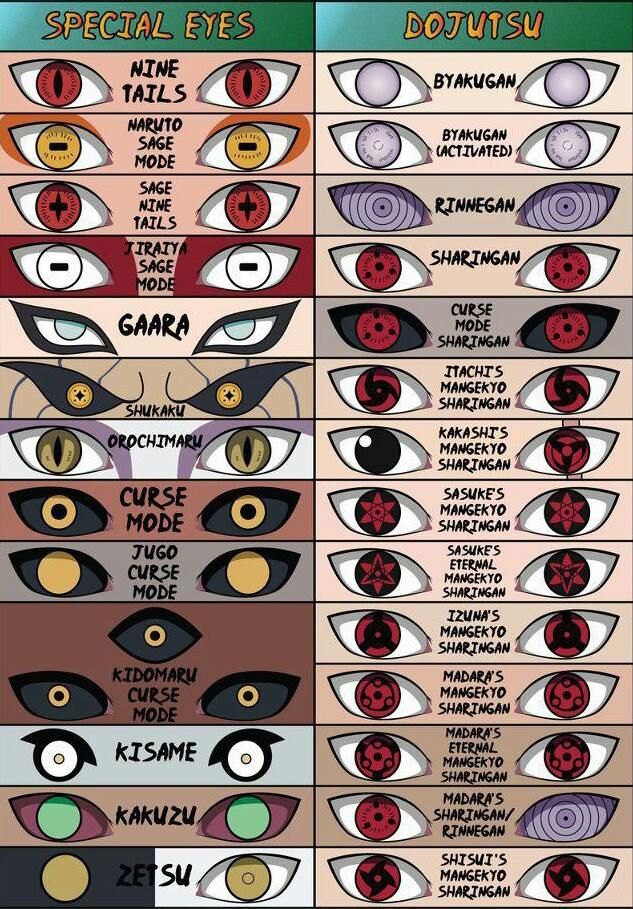 Journal of Social Psychology. 126: 71–78.
Journal of Social Psychology. 126: 71–78.
Carroll E. 1994. Innate and universal facial expressions: Evidence from developmental and cross-cultural research Izard, Psychological Bulletin. 115(2): 288-299.
Davis 1978. Camera Eye-Contact by the Candidates in the Presidential Debates of 1976 Source: The journalism quarterly. 55 (3): 431 -437.
Ellsworth, Phoebe; Carlsmith, J Merrill. 1973. Eye contact and gaze aversion in an aggressive encounter. Journal of Personality and Social Psychology. 28(2): 280-292.
Ekman, P. (1994). Strong evidence for universals in facial expressions: A reply to Russell’s mistaken critique. Psychological Bulletin, 115, 268-287.
Gordon, A. K. and A. G. Miller. 2000. Perspective differences in the construal of lies: is deception in the eye of the beholder? Personality and Social Psychology Bulletin 26 (1): 46-55.
Gilliam, Harold V. B.; Van Den Berg, Sjef. 1980. Different Levels of Eye Contact: Effects on Black and White College Students.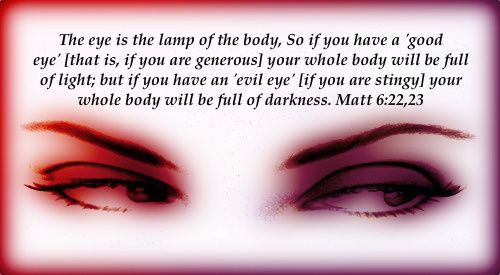 Urban Education. 15 (1): 83-92.
Urban Education. 15 (1): 83-92.
Goldman. 1980. Effect of Eye Contact and Distance on the Verbal Reinforcement of Attitude. The Journal of social psychology 111(1): 73 -78.
Greene 1979. Title: Need-Fulfillment and Consistency Theory: Relationships Between Self-Esteem and Eye Contact. Source: Western journal of speech communication. 43(2): 123 -133.
Galin, D. and Ornstein, R., 1974. Individual Differences in Cognitive Style – Reflective Eye Movements; Neuropsychologia, 12: 376-397.
Craig, Kenneth D. ; Patrick, Christopher J. Hogan, Robert (editor). Facial Expression During Induced Pain. Journal of Personality and Social Psychology. 1985 48(4): 1080-109.
Frijda, Nico H.. What is pain facial expression for? Behavioral and Brain Sciences. 2002. 25(4): 460-460.
Hatz, Jessica L. and Martin J. Bourgeois. Anger as a Cue to Truthfulness. Journal of Experimental Social Psychology. 2010. 46: 680-683.
http://bodylanguageproject.com/articles/anger-nonverbal-cue-truth-telling/
Hermann, Christiane; Flor, Herta.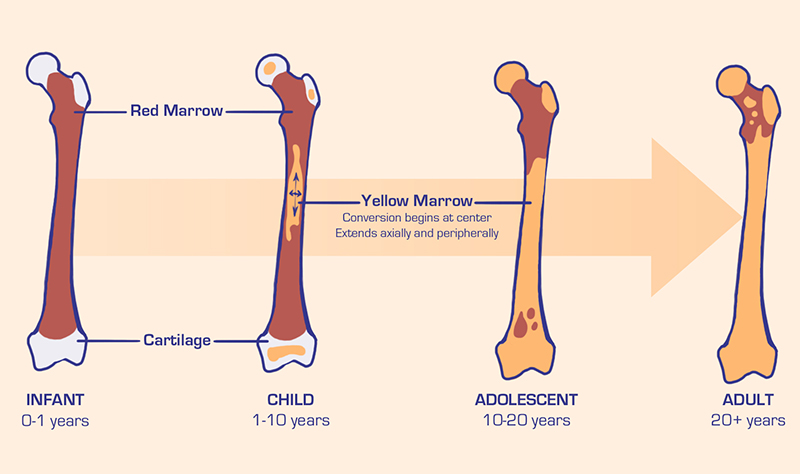 Facial expression of pain more than a fuzzy expression of distress? Behavioral and Brain Sciences. 2002. 25(4): 462-463.
Facial expression of pain more than a fuzzy expression of distress? Behavioral and Brain Sciences. 2002. 25(4): 462-463.
Kunz, Miriam ; Mylius, Veit ; Schepelmann, Karsten ; Lautenbacher, Stefan. Impact of age on the facial expression of pain. Journal of Psychosomatic Research. 2008. 64(3): 311-318.
Keogh, Edmund; Holdcroft, Anita. Sex differences in pain: Evolutionary links to facial pain expression. Behavioral and Brain Sciences. 2002. 25(4): 465-465.
Kunz, Miriam ; Peter, Jessica ; Huster, Sonja ; Lautenbacher, Stefan Gray, Marcus (Editor). Pain and Disgust: The Facial Signaling of Two Aversive Bodily Experiences (Comparing Facial Expressions of Pain and Disgust). 2013. 8(12): p.e83277
Konopacki 1987. Eye Movement Betrays a Prospect’s Inner Feelings Source: Marketing news 21(10): 4.
Langer, Julia and Rodebaugh, Thomas. Social Anxiety and Gaze Avoidance: Averting Gaze but not Anxiety. Cognitive Therapy and Research, 2013, Vol.37(6): 1110-1120.
LeResche, Linda ; Dworkin, Samuel F.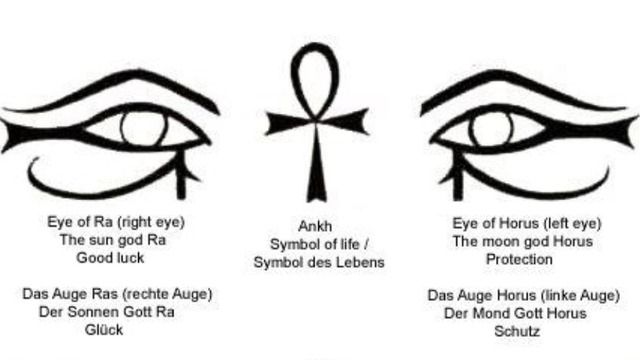 Facial expression accompanying pain
Facial expression accompanying pain
Social Science & Medicine. 1984. 19(12): 1325-1330.
Mobbs, N.A. 1968. Eye-contact in Relation to Social Introversion-Extraversion. British Journal of Social Clinical Psychology 7: 305-306.
Navarro, Joe. 2008. What Every BODY is Saying: An Ex-FBI Agent’s Guide to Speed-Reading People. William Morrow Paperbacks.
Pantic, Maja; Rothkrantz, Leon J. M. Machine understanding of facial expression of pain. Behavioral and Brain Sciences. 2002. 25(4): 469-470.
Rutter, D.C; D. C. Pennington, M. E. Dewey and J. Swain. 1984. Eye-contact as a chance product of individual looking: Implications for the intimacy model of Argyle and Dean. Source: Journal of nonverbal behavior. 8(4): 250-258.
Richard Tessler and Lisa Sushelsky. 1978. Effects of eye contact and social status on the perception of a job applicant in an employment interviewing situation. Journal of Vocational Behavior 13(3): 338-347.
Sitton, Sarah C; Griffin, Susan T.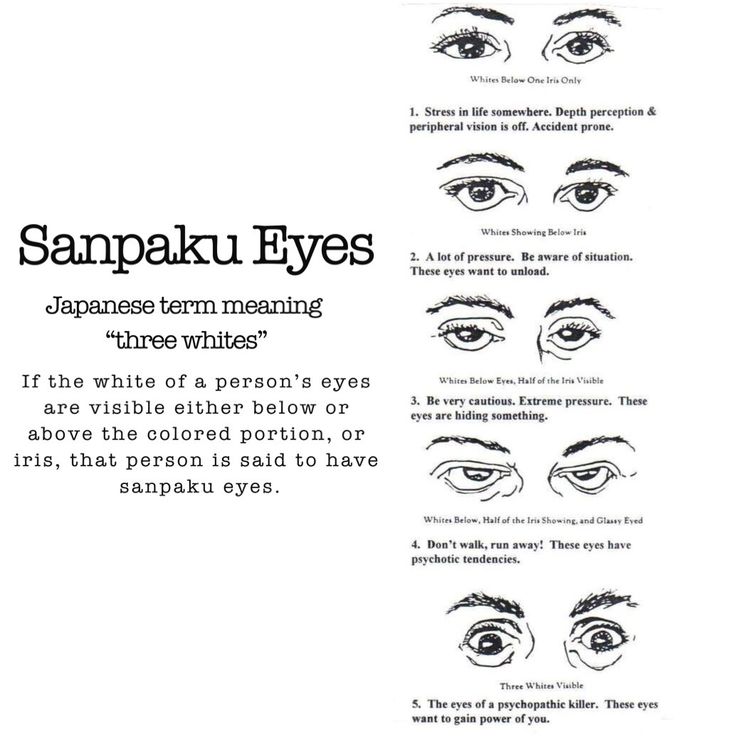 1981. Detection of deception from clients’ eye contact patterns. Journal of Counseling Psychology. 28(3): 269-271.
1981. Detection of deception from clients’ eye contact patterns. Journal of Counseling Psychology. 28(3): 269-271.
Sell, A., Cosmides, L. and Tooby, J., The Human Anger Face Evolved to Enhance Cues of Strength. Evolution and Human Behavior. 2014, doi: 10.1016/j.evolhumbehav.2014.05.008
http://bodylanguageproject.com/articles/human-anger-face-signal-strength
Underwood, M. K.. Glares of Contempt, Eye Rolls of Disgust and Turning Away to Exclude: Non-Verbal Forms of Social Aggression among Girls. Feminism & Psychology. 2004 14(3): 371-375.
Vlaeyen, Johan W.S. ; Hanssen, Marjolein ; Goubert, Liesbet ; Vervoort, Tine ; Peters, Madelon ; van Breukelen, Gerard ; Sullivan, Michael J.L. ; Morley, Stephen. Threat of pain influences social context effects on verbal pain report and facial expression. Behaviour Research and Therapy. 2009 47(9): 774-782.
Zhao, Ke; Wen-Jing Yan; Yu-Hsin Chen; Xi-Nian Zuo and Xiaolan Fu. Amygdala Volume Predicts Inter-Individual Differences in Fearful Face Recognition. PLOS one. August 2013. (8): 8: e74096. doi:10.1371/journal.pone.0074096.g001
PLOS one. August 2013. (8): 8: e74096. doi:10.1371/journal.pone.0074096.g001
http://bodylanguageproject.com/articles/fear-amygdala
How Your Eyes Convey Emotion
Nov 25, 2015
Your eyes communicate much more than you may realize, in fact they play a huge role in your non-verbal communication. Consciously or not, the way you move your eyes, look at someone, blink or make eye contact can say a lot about what you are thinking and feeling.
Here's a look at how your eyes speak volumes and how you can learn to read other's emotions through their eyes. Although it is considered unreliable or controversial by some, eye movement analysis might have some truth to it. With these tips you may be able to tell if someone is happy, sad, excited, stressed or not telling the truth.
- LyingAccording to body language expert and former FBI counterintelligence officer, Joe Navarro, if a person's eyes move up and to the right when you ask him a question he is more than likely lying.
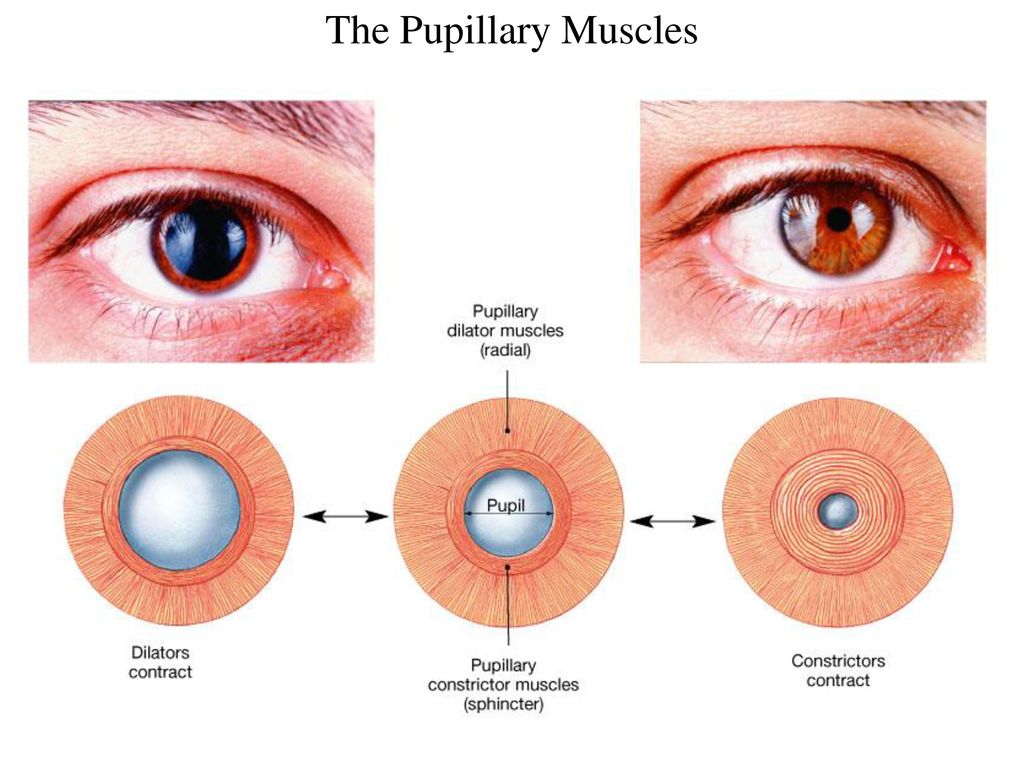 If the person looks up and to the left he is probably telling the truth. However, it's important to realize that when someone looks around it doesn’t always mean he is lying. People sometimes look around when they are trying to process information too.
If the person looks up and to the left he is probably telling the truth. However, it's important to realize that when someone looks around it doesn’t always mean he is lying. People sometimes look around when they are trying to process information too. - StressWhen someone blinks fast it is often a sign that they are under stress. At rest, the normal blink rate ranges between 8 and 21 blinks per minute. If a person blinks more frequently, such as when asked a challenging question, it is usually because he is stressed. But this isn’t always the case. Blink rates can also increase as result of dry air, dry eyes and allergens in the air that irritate the eyes.
- Disgust / DistasteIf you see someone narrow his eyes when you are speaking to him, this is usually a negative response showing you that he finds what you are saying to be offensive. When it comes to showing distaste with the eyes, the narrower the eyes are, the more unpleasant you find what is being said.
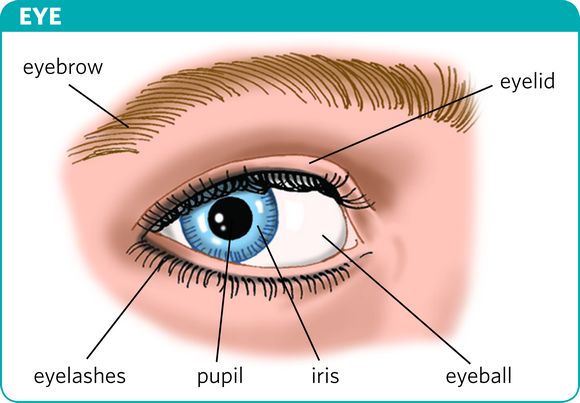 However, the best way to decipher a person's true emotions is by looking at the rest of his face. For example, narrow eyes and tight lips indicate anger.
However, the best way to decipher a person's true emotions is by looking at the rest of his face. For example, narrow eyes and tight lips indicate anger. - DiscomfortIf someone is uncomfortable with something you have said, he will often use a body language tactic called eye blocking. For example if you see someone cover his eyes or lower his eyelids following a request you make or something you say, it is sign that he is not comfortable or disagrees with what you have said.
- HappinessHappiness is conveyed through the eyes in a number of ways. Arched eyebrows accompanied with a smile indicate you are happy to see someone. Mothers do this naturally with their babies across all cultures.Another way that happiness can be detected through the eyes is through the size of the pupils, which is of course an involuntary reflex. Large pupils let others know that you like what you see. Studies have shown that when you look at an object or person you love, your pupil size increases.
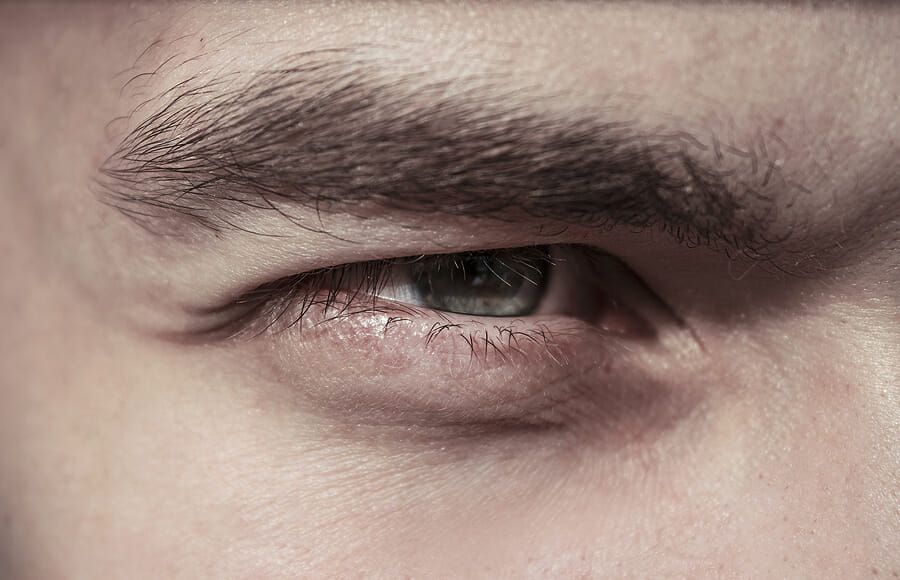
- Fear or SurpriseFear is usually indicated by wide open eyes not accompanied with a smile but often an “O” shaped mouth. Surprise on the other hand is also usually shown by wide open eyes along with a fleeting look. Additionally, the pupils will dilate if a person is frightened or excited due to the natural adrenalin response of the body.
- FocusWhen someone is focused on something, particularly a near object, the pupils will constrict. Alternatively, they will dilate when someone is looking at a far distance.
These are only some of the non verbal emotions we express with our eyes. Next time you have a conversation, look out for these cues. They can help you really understand your friends, family, and colleagues and improve empathy and communication.
what is it, causes, symptoms, treatment
In various diseases, the circulatory system of the eyes is affected after the vessels throughout the body. How dangerous this is for the retina, ophthalmologists of the Happy Look chain of optics say.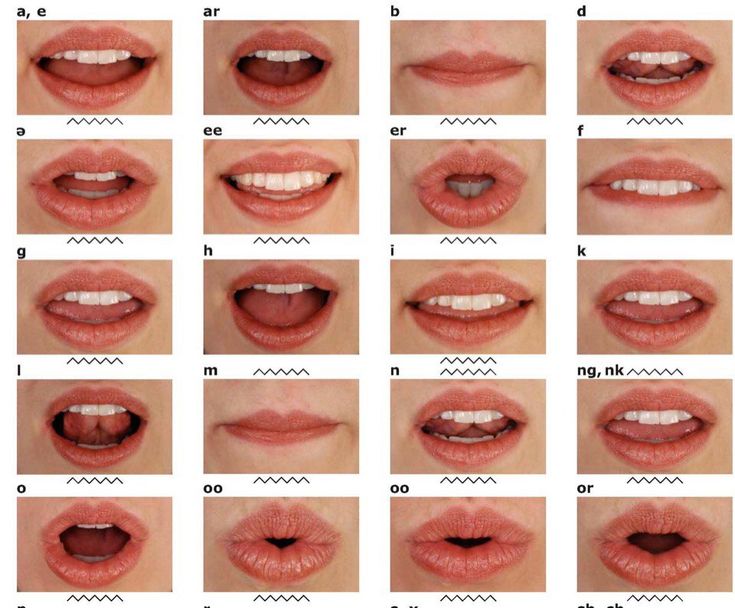
Retinal angiopathy - what is it
Retinal angiopathy is a change in the blood vessels of the retina. The condition usually affects both eyes at the same time. This is not an independent disease, but a symptom that develops against the background of other diseases, therefore angiopathy is also called a background disease. In ICD-10, angiopathy as an independent nosological form is absent.
The essence of the pathology is that, for various reasons, the natural blood flow is disturbed in the small arteries and veins that feed the retina. This leads to tissue dystrophy, the growth of new blood vessels and, in the future, to blindness.
Causes
Angiopathy of the retinal vessels lead to:
- Hypertension and atherosclerosis;
- Diabetes mellitus;
- Increased intracranial pressure;
- Cervical osteochondrosis, scoliosis;
- Injuries - cervical spine and craniocerebral;
- Inflammation of the vascular wall due to intoxication, infection, autoimmune disease or allergy;
- Blood diseases in which the number of formed elements - platelets changes;
- Dysregulation due to diseases of the nervous system;
- Pregnancy.
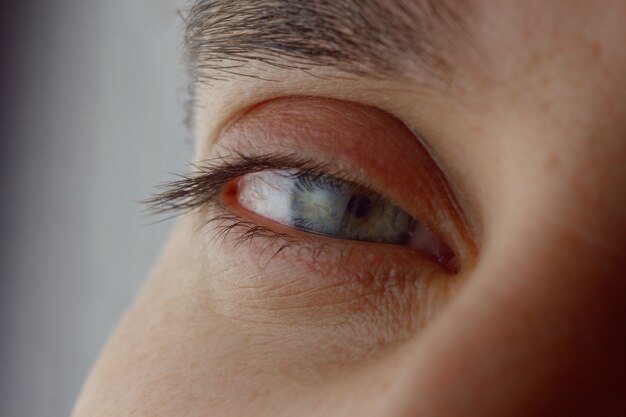
Changes in blood vessels provoke smoking, overweight, difficult working conditions. In addition, blood vessels deform with age.
Types of retinal angiopathy
Depending on the causes that led to the appearance of angiopathy, the following types are distinguished:
- Diabetic . A high level of sugar has a toxic effect on the vessels: the walls of the capillaries become thinner and burst, causing hemorrhages, plaques are deposited in the lumen of larger veins, leading to blockage;
- Hypertensive . The arteries are narrowed and compress the veins, which, on the contrary, are dilated and noticeably tortuous. Nutrition of light-sensitive cells is reduced, and metabolic products stagnate and have a toxic effect;
- Hypotonic . In wide, relaxed arteries, blood flow slows down, which contributes to thrombosis and impairs the trophism of retinal cells. Noticeable pulsation of the veins;
- Traumatic .
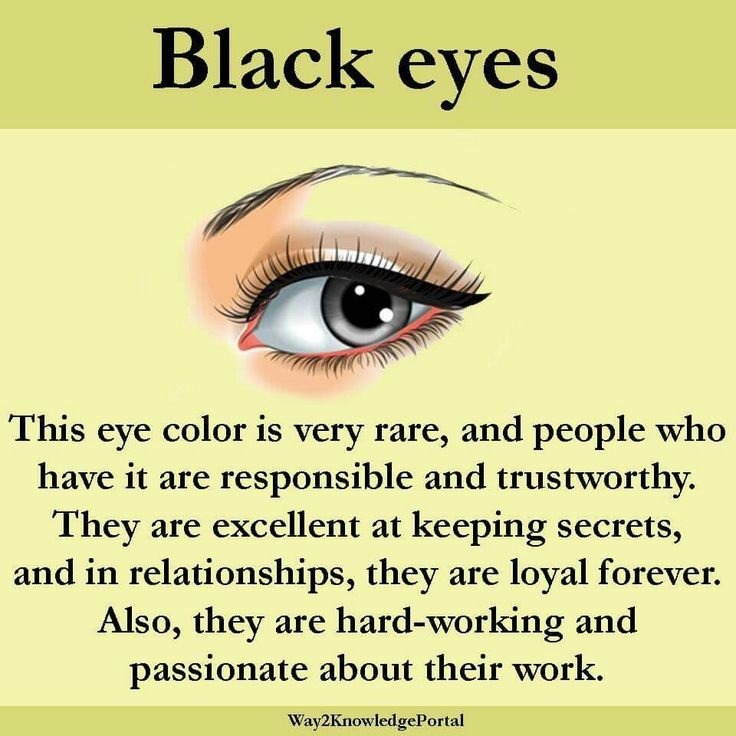 As a result of chronic pinching of the vessels of the neck or concussion, intracranial pressure increases, congestion occurs in all vessels. Including the eyes.
As a result of chronic pinching of the vessels of the neck or concussion, intracranial pressure increases, congestion occurs in all vessels. Including the eyes.
Less common is angiopathy of the dystonic type, in which the vessels spasm due to neurological problems, and the mixed type, with a rapidly increasing deterioration against the background of several diseases.
Angiopathy of pregnant women is associated with an increase in blood volume and hormonal changes, as well as with toxicosis. Usually, the condition normalizes after childbirth, but monitoring is necessary throughout pregnancy, since in the later stages, retinal angiopathy can be complicated by its detachment. In this case, a caesarean section may be indicated.
Angiopathy of the retina in a child
In newborns, retinal angiopathy develops as a result of fetal hypoxia or birth trauma, and gradual normalization of blood vessels is possible over time. In preschoolers and schoolchildren, the same diseases lead to angiopathy of the retina as in adults.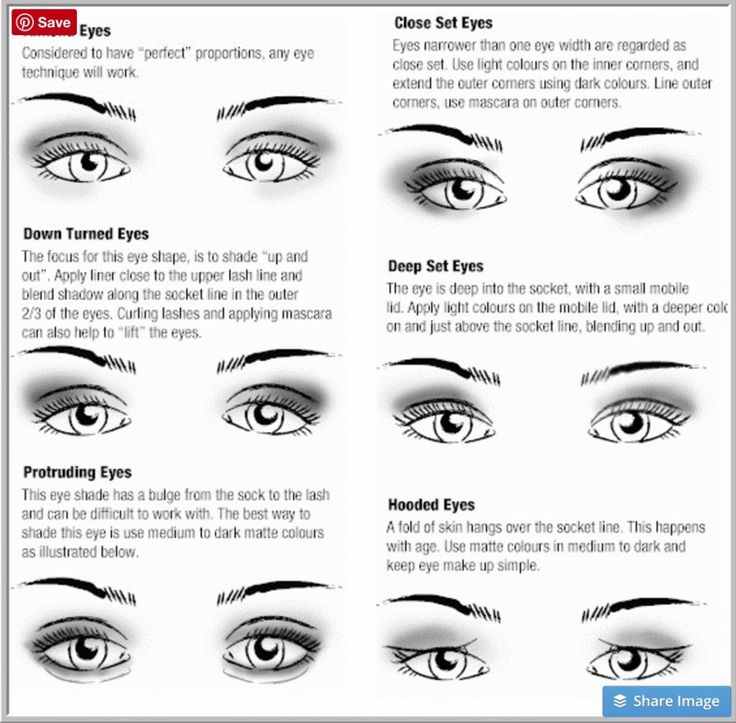
With juvenile angiopathy or Eales' disease, inflammation of the vessels occurs, leading to hemorrhages in the eye and replacement of the inflamed areas with fibrous tissue. In the future, the development of glaucoma, cataracts, retinal detachment or sudden loss of vision is possible.
Symptoms
In the early stages of development, angiopathy of the retinal vessels is asymptomatic and can be detected during a routine examination. In the later stages of development, the following symptoms occur:
- Eye fatigue;
- The appearance of "flies" and flashes;
- Periodic veil before the eyes up to episodic loss of vision;
- Sharp decrease in visual acuity - rapid progression of myopia;
- Constriction of visual fields;
- Pain and pulsation in the eyes.
- Hemorrhages in the sclera, nosebleeds.
The appearance of any symptom requires immediate contact with an ophthalmologist.
Diagnosis of angiopathy
Retinal angiopathy is detected using ophthalmoscopy - examination of the fundus.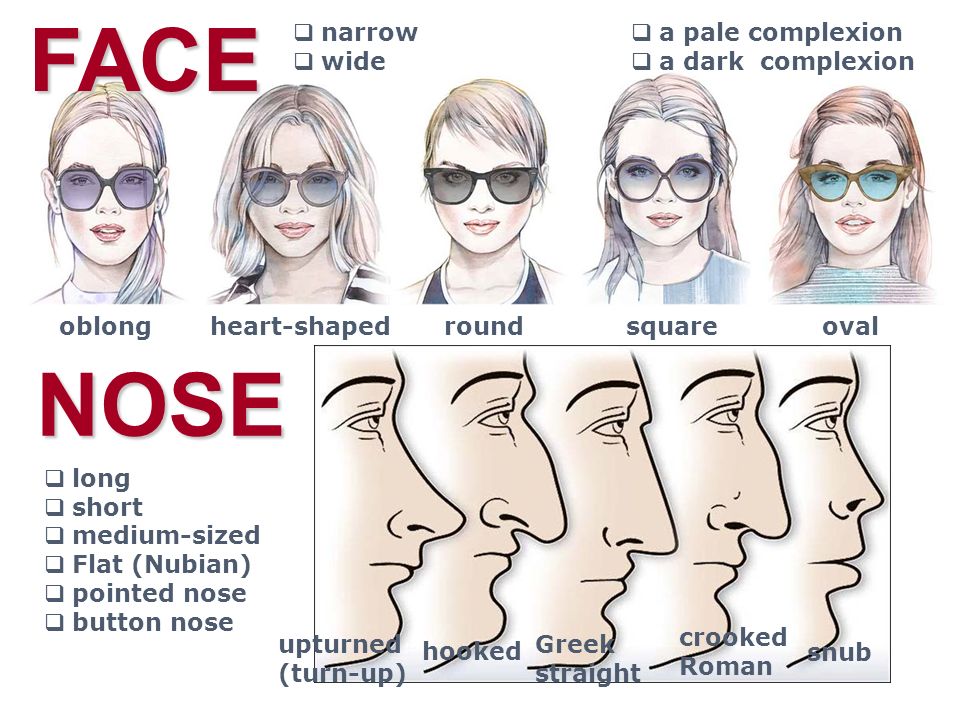 This procedure is available in a number of “Happy Look” optics salons, subject to prior appointment by phone 8 800 555 666 7. After 30 years, the fundus should be checked annually, since it is at this age that the first signs of vascular damage appear.
This procedure is available in a number of “Happy Look” optics salons, subject to prior appointment by phone 8 800 555 666 7. After 30 years, the fundus should be checked annually, since it is at this age that the first signs of vascular damage appear.
When examining the fundus, the doctor evaluates the color, expansion or narrowing, tortuosity or straightening, clamping of the veins, arteries and capillaries, wall ruptures, petechial hemorrhages and blood clots.
The specialist also determines visual acuity and measures intraocular pressure. Additionally, ultrasound, angiography and MRI of the eyes can be prescribed.
If characteristic symptoms are detected, the ophthalmologist necessarily sends the patient to the therapist for a full examination. In the future, you may need to consult a cardiologist, endocrinologist or neurologist.
Treatment of retinal angiopathy
Therapy begins with the identification and treatment of the disease that led to retinal angiopathy.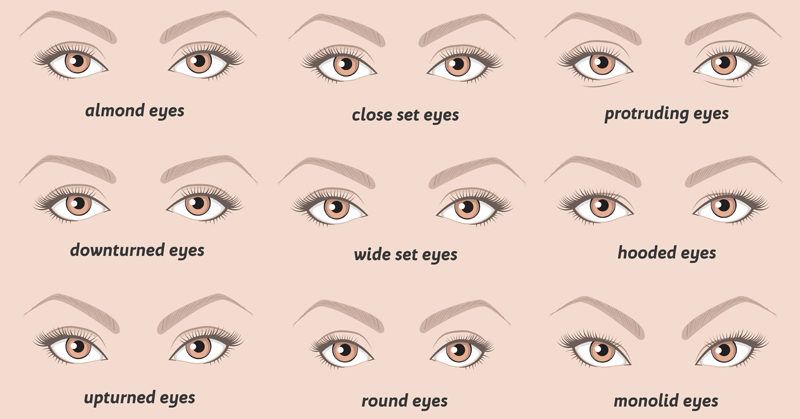 To support the retina, drugs are used:
To support the retina, drugs are used:
- Improving capillary circulation;
- Normalizing vessel walls;
- Antiplatelet - preventing the formation of blood clots;
- Stimulating tissue metabolism.
With the ineffectiveness of drops and tablets, droppers and parabulbar injections are prescribed. Physiotherapy is also included: laser, magnetotherapy and acupuncture.
Several methods of laser correction have been developed for spot cauterization of the retina and sealing of damaged vessels. If retinal detachment occurs, laser surgery is used.
Retinal angiopathy is reversible if the very beginning of the process is captured and the underlying disease is stabilized. In the later stages, vision deteriorates irrevocably.
Conclusions.
Angiopathy of the retinal vessels of both eyes is an indirect sign of diseases that affects small vessels throughout the body. If a patient has angiopathy, it is recommended to be screened for diabetes mellitus or hypertension.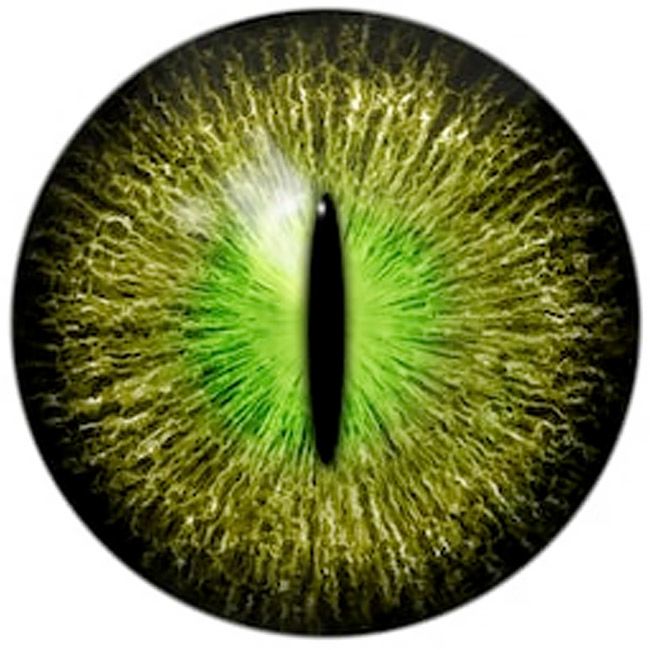 To detect the disease in the early stages of development, it is recommended to undergo an ophthalmological examination annually.
To detect the disease in the early stages of development, it is recommended to undergo an ophthalmological examination annually.
How to read other people's thoughts? Look into the eyes
- Mo Kostandi
- BBC Future
Image copyright Thinkstock
Pay attention to eye movements and you can figure out what's going on in the other person's head, says BBC Future .
They say that the eyes are the mirror of the soul. They give away deep emotions that we might not want to advertise. Although modern science denies the existence of a soul in a person, there is a grain of truth in this old saying - even according to scientists. It turns out that the eyes not only reflect what is happening in our brain, but can also influence how we remember information and make decisions.
(Similar articles from the "Journal" section)
Our eyes are constantly moving.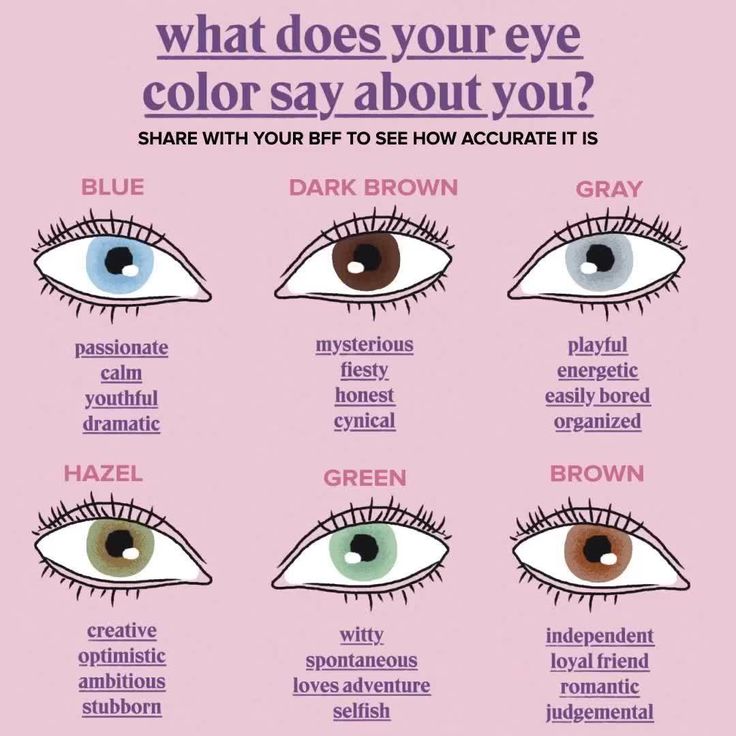 Some of these movements we consciously control, but many of them occur subconsciously. For example, while reading, their rapid spasmodic movement occurs: our gaze moves rapidly, stopping at each of the words. Similarly, the eyes move when we enter a room - this time the movement is wider, allowing us to look around. While walking, our eyes make small involuntary movements in order to compensate for the movement of the head in this way and stabilize our picture of the world. And, of course, the rapid movement of the eyeballs is characteristic of the so-called phase of REM sleep.
Some of these movements we consciously control, but many of them occur subconsciously. For example, while reading, their rapid spasmodic movement occurs: our gaze moves rapidly, stopping at each of the words. Similarly, the eyes move when we enter a room - this time the movement is wider, allowing us to look around. While walking, our eyes make small involuntary movements in order to compensate for the movement of the head in this way and stabilize our picture of the world. And, of course, the rapid movement of the eyeballs is characteristic of the so-called phase of REM sleep.
Also, eye movements can sometimes tell others what we are thinking.
Image copyright Thinkstock
Image captionDilated pupils indicate decision uncertainty
According to a study published last year, pupil dilation is related to how confident we are in our decision making. If a person does not feel full determination, he is in a state of emotional arousal, as a result of which his pupils dilate.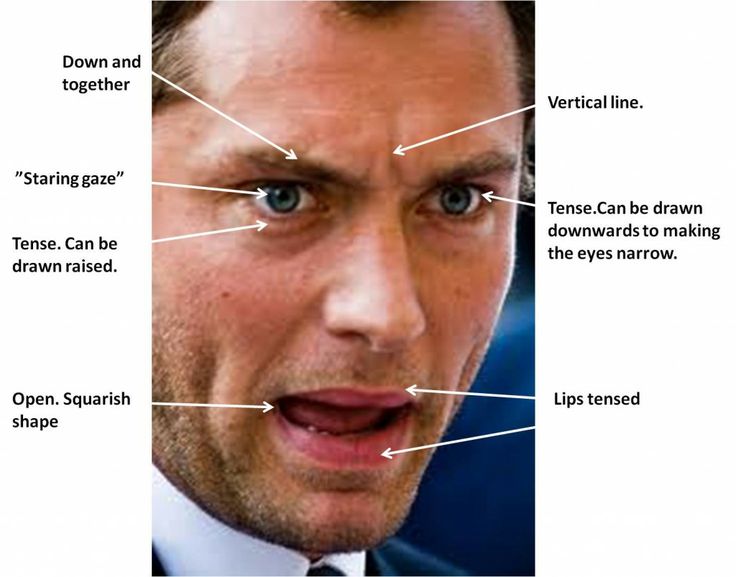
By sensing this change, we can in some cases predict what the decision maker will say. As one group of researchers found, if you observe the degree of pupil dilation, you can guess when a cautious person, not used to agreeing to the options offered to him, nevertheless decides to say yes.
By paying attention to eye movements, we can even predict, with some degree of probability, what number a person has in mind. Tobias Lötscher and his colleagues at the University of Zurich recruited 12 volunteers, asked them to read aloud a list of 40 numbers, and tracked how their eyes moved as they did so.
Scientists have found an exact correspondence between the direction of movement of the eyes of the subjects, the angle of rotation of the pupils and whether the number that the subjects were going to pronounce was more or less than the previous one. In addition, it was possible to predict how much more or less this number was.
Image copyright Thinkstock
Image captionWhat number did I think?
Image copyright, Thinkstock
Image caption, . ..big because I'm looking up and to the right
..big because I'm looking up and to the right
Skip the Podcast and continue reading.
Podcast
What was that?
We quickly, simply and clearly explain what happened, why it's important and what's next.
episodes
End of Story Podcast
Before reading a larger number, each subject looked up and to the right; if the number was less, then the person looked down and to the left. The more the pupils turned to the side, the greater was the difference between the numbers.
It turns out that we somehow connect the abstract images of numbers in our brain with movement in space. However, this study did not make it clearer what happens first: either we think of a certain number and our eyes move accordingly, or the position of the eyes affects our mental activity.
In 2013, Swedish scientists published data suggesting that the latter is more likely to be true: it seems that eye movements help to retrieve the necessary information from memory.
They recruited more than two dozen students to participate in an experiment and asked them to carefully examine a series of objects that were shown to them in one corner of a computer screen. The subjects were then asked to listen to a series of statements about some of the objects they saw (for example, "The car was turned to the left") and indicate as quickly as possible whether each of the statements was true or false. Some participants were allowed to look where they wanted to, while others were asked to keep their eyes on the cross in the center of the screen, or in the corner where they saw the item they were looking for.
Image copyright, Thinkstock
Image caption,Certain eye movements aid recall
The researchers found that subjects whose eyes moved spontaneously during the experiment performed significantly better than those who looked at the cross. Interestingly, those who looked at the corner where they had previously seen the object did a better job than those who looked at the other corner.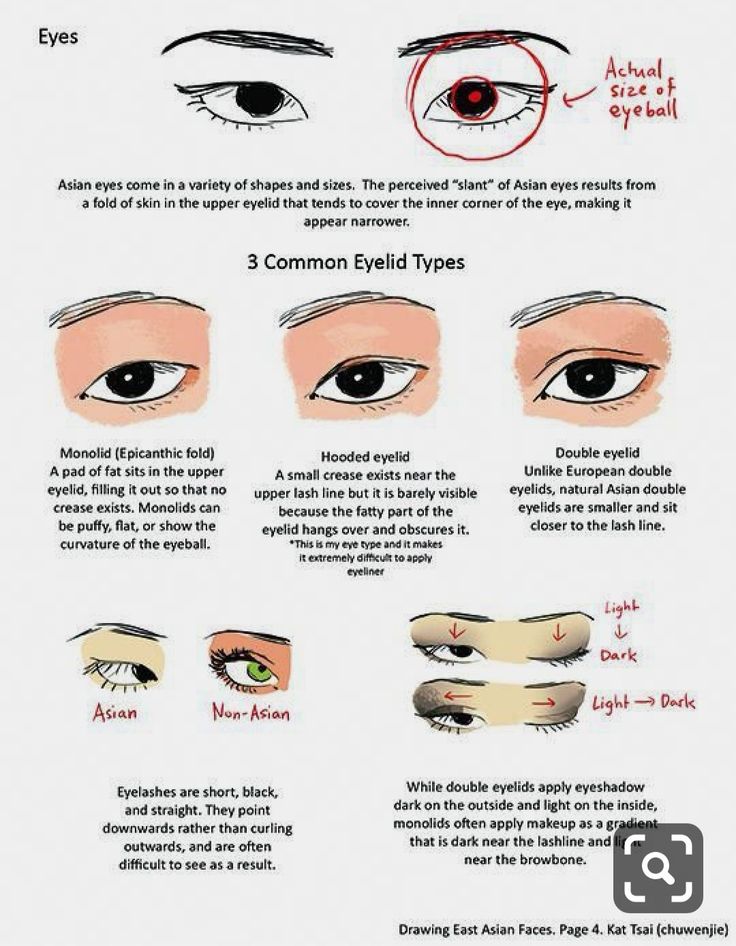 The greater the overlap between participants' eye movements during encoding and retrieval of that information, the easier it was for them to describe the items. Perhaps the fact is that eye movements help us remember the relative position of objects in space at the time of encoding (that is, information processing).
The greater the overlap between participants' eye movements during encoding and retrieval of that information, the easier it was for them to describe the items. Perhaps the fact is that eye movements help us remember the relative position of objects in space at the time of encoding (that is, information processing).
These movements may occur subconsciously. "When a person is confronted with a familiar place or situation, their eyes often turn to information they have already seen, even if they don't consciously remember what they saw before," says Roger Johansson, a psychologist at Lund University who led the study.
Watching eye movements can also influence the decisions a person makes. As a recent study has shown, gaze tracking can be used to influence our moral choice of whether we like it or not.
Researchers asked participants difficult moral questions (eg, "Can murder be justified?") and then showed them response options ("sometimes" or "never" on a computer screen). By tracking the subject's eye movements and removing the answer options from the screen after the participant looked at one of them for a certain time, the scientists found that as a result, he leaned towards this option.
By tracking the subject's eye movements and removing the answer options from the screen after the participant looked at one of them for a certain time, the scientists found that as a result, he leaned towards this option.
"We didn't give them any other information," says neuroscientist Daniel Richardson of University College London, lead author of the study. simply by controlling the moment of decision making.
Image copyright Thinkstock
Image captionGetting inside someone's head doesn't require an x-ray
As Richardson points out, successful salespeople probably have some idea of this and use similar tactics to better convince customers . "We think persuasive people are good talkers, but maybe they also follow the decision-making process," he says. discount or present the goods from a new side.
There are many applications for smartphones and other mobile devices that track eye movements. Can they be used to remotely influence the decision-making process of device users? "Apps like this can push you to make certain choices while shopping online, offering you, for example, free shipping the moment you look at a particular product," the neuroscientist suggests.